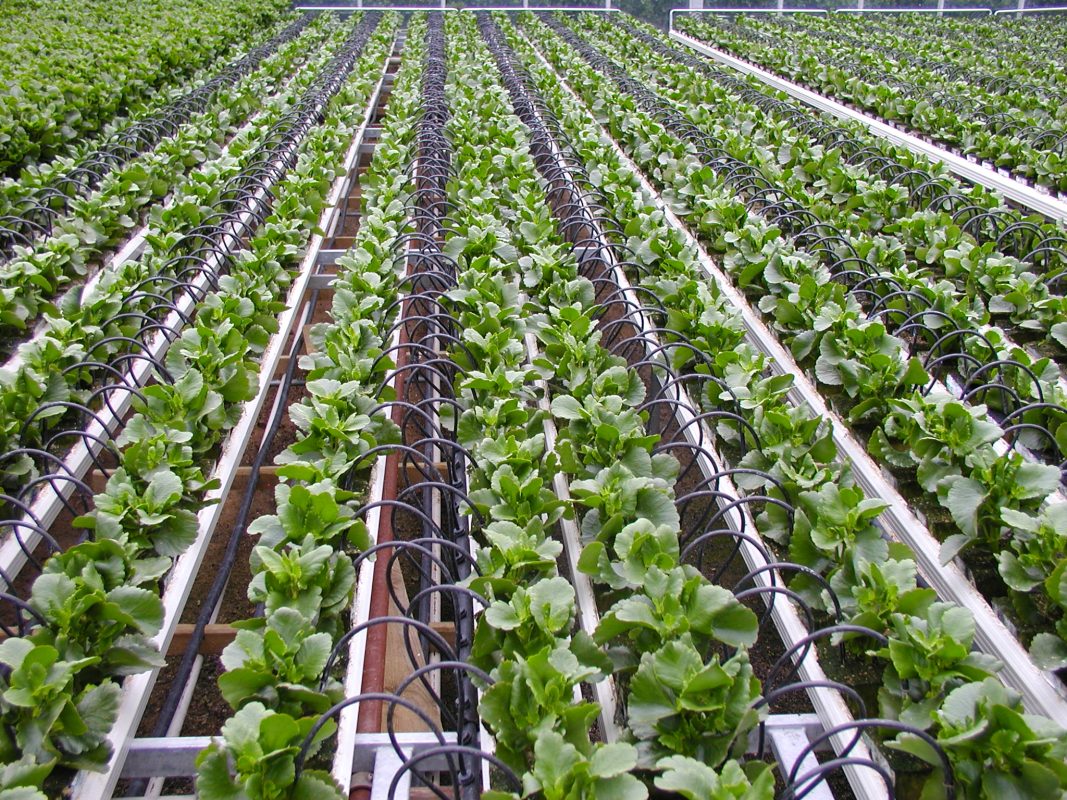YETRAC
Drip Irrigation: A Water-Efficient Solution for Modern Agriculture
Drip Irrigation: A Water-Efficient Solution for Modern Agriculture
The Benefits of Drip Irrigation
Drip irrigation, also known as trickle irrigation, is a revolutionary method of watering plants that offers numerous benefits for modern agriculture. This article explores the advantages, history, and components of drip irrigation, as well as its significance in addressing water scarcity. Learn how this technology has evolved and why it’s crucial for sustainable farming practices.
A Brief History of Drip Irrigation
Ancient Origins Drip irrigation is not a recent innovation. Its history can be traced back to ancient China, where buried clay pots were used for watering plants. These unglazed pots, often referred to as Ollas, allowed water to slowly seep into the soil, directly benefiting plant roots.
Modern Development The modern development of drip irrigation began in Germany during the 19th century. Researchers experimented with clay pipes for subsurface irrigation and drainage systems. The concept of using perforated pipes to deliver water to plants further expanded in the 1920s.
Innovation in Australia and Israel
Australia: The Use of Plastic Australia played a significant role in the evolution of drip irrigation by introducing plastic materials to store and distribute water. Innovators in Australia worked on creating efficient systems that could conserve water and deliver it precisely to plants.
Israel: The Plastic Emitter Revolution One of the most remarkable advancements in drip irrigation occurred in Israel. Simcha Blass and his son Yeshayahu developed plastic emitters that revolutionized the industry. These emitters used friction to slow the flow of water, resulting in larger and longer passageways for water to reach plant roots. The first practical surface drip irrigation emitter was established in Israel, marking a turning point in efficient irrigation methods.
The Global Impact of Drip Irrigation
Global Reach and Market Leaders As of 2012, China and India were the fastest-growing countries in the field of drip irrigation. While these technologies were expanding worldwide, they accounted for less than 4 percent of the world’s irrigated land. Market leaders like Israel’s Netafim and India’s Jain Irrigation played a crucial role in driving the adoption of drip irrigation.
Components and Operation
The Anatomy of a Drip Irrigation System
Pump and Water Source Every drip irrigation system begins with a pump or pressurized water source. This component is responsible for moving water through the system.
Water Filters and Filtration Systems To prevent clogging and ensure the smooth flow of water, drip irrigation systems incorporate water filters and filtration systems. These may include sand separators and equipment for fertigation (the combination of irrigation and fertilization).
Pressure Control and Distribution Lines Pressure control valves and distribution lines, including larger main pipes and smaller secondary pipes, ensure that water is delivered uniformly to plants.
Emitting Devices The heart of a drip irrigation system is the emitting devices, including emitters, drippers, micro-spray heads, and inline drip tubes. These components control the precise release of water to the plants.
Operation: Manual or Automatic Drip irrigation systems can be operated manually or automatically using controllers. Automatic systems offer precise control over watering schedules.
Advantages and Disadvantages
The Pros of Drip Irrigation
Efficient Water and Nutrient Use One of the primary advantages of drip irrigation is its efficiency in water and nutrient use. By delivering water directly to the root zone, it minimizes wastage and nutrient loss.
High Water Application Efficiency Drip irrigation achieves high water application efficiency when managed correctly. This reduces water consumption and operating costs.
Versatility and Adaptability Drip systems can be tailored to fields of irregular shapes, making them suitable for various crop layouts.
Reduction of Soil Erosion and Weeds Drip irrigation lessens soil erosion and suppresses weed growth due to localized watering.
Precise and Uniform Water Distribution The system offers precise and uniform water distribution, enhancing crop health and yield.
Fertigation Drip systems enable fertigation, allowing the integration of fertilizers with irrigation water for better plant nutrition.
The Cons of Drip Irrigation
Higher Initial Costs Drip irrigation systems may involve higher initial costs, including the purchase of components and installation.
Sunlight Impact on Drip Tape Drip tapes can be affected by sunlight, potentially shortening their lifespan.
Clogging and Maintenance To prevent clogging, drip systems require proper filtration and regular maintenance.
Ineffectiveness for Herbicides and Top-Dressed Fertilizers Drip irrigation may not be suitable for herbicides or top-dressed fertilizers that require sprinkler activation.
Challenges in Installation Improper installation may lead to inefficiencies in water use and crop health.
Salinity Management Proper management of salt build-up is crucial, as drip systems limit leaching.
Drip Tape: A Key Component
Understanding Drip Tape
Drip tape is a crucial component of drip irrigation systems. It is a thin-walled dripper line made of polyethylene, which is often sold flat on reels. The diameter and emitter spacing of drip tape can vary, making it suitable for different applications.
Versatile Uses
Drip tape is utilized in various settings, from large-scale agricultural operations to residential gardens. Its versatility and cost-effectiveness make it a popular choice for many applications.
In conclusion, drip irrigation has come a long way from its ancient origins in China to becoming a critical component of modern agriculture. Its water-saving and nutrient-efficient capabilities have made it indispensable in regions with water scarcity. By understanding its components and advantages, farmers can harness the potential of drip irrigation to achieve sustainable and high-yield crop production.

